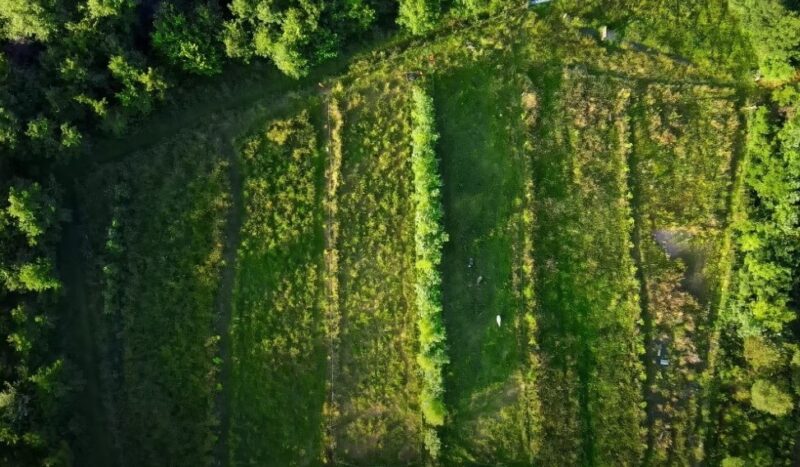Let’s chat about a subject that’s both pressing and often misunderstood: agroforestry and its role in fighting deforestation. Now, before you roll your eyes and click away, hear me out.
Agroforestry might sound like a fancy term for planting trees (which it kind of is), but it’s way cooler and more impactful than you might think. Let’s break it down.
Essentials of Agroforestry
Let’s break it down. Agroforestry is a land management approach that combines agriculture and forestry to create more productive and sustainable land-use systems. Think of it as farming with trees.
Instead of clear-cutting forests to plant crops or graze livestock, farmers integrate trees and shrubs into their agricultural systems. It’s like a win-win for farming and the environment.
The Basic Idea
- Trees and Crops Together: Instead of clearing land for crops, plant trees among the crops.
- Multi-purpose Land: Trees provide shade, protect crops from wind, and enhance biodiversity.
- Sustainable Yield: Produce both agricultural products and timber without destroying forests.
Why Should We Care?
Good question. Deforestation is a major global issue, leading to loss of biodiversity, disruption of water cycles, and contributing to climate change.
Traditional agriculture often involves clearing large tracts of forest, which, surprise surprise, isn’t great for the planet. By incorporating trees into farming, we can maintain the benefits of forests while still producing food and other products.
Benefits
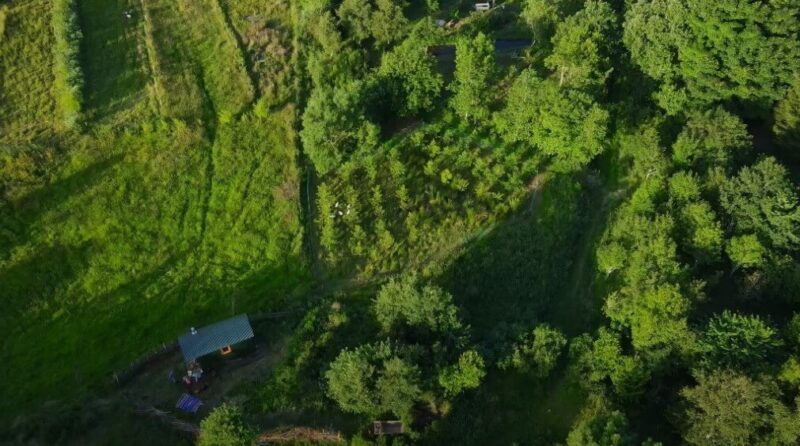
- Biodiversity Boost
Agroforestry systems mimic natural ecosystems, providing habitats for various species. More trees, more critters, more balance.
- Soil Health
Trees improve soil structure, enhance nutrient cycling, and reduce erosion. Basically, they’re like the soil’s personal trainer.
- Climate Change Mitigation
Trees sequester carbon. More trees mean less CO2 in the atmosphere. Simple as that.
- Water Management
Trees play a crucial role in the water cycle. They help maintain groundwater levels and reduce the risk of floods and droughts.
The Reality Check
Let’s not get too starry-eyed. Agroforestry isn’t a silver bullet. It requires careful planning and management. Farmers need to choose the right trees, understand how to integrate them with their crops, and be patient. Trees don’t grow overnight.
Challenges
- Knowledge and Training: Farmers need to learn new techniques and understand the benefits.
- Initial Costs: Planting trees and waiting for them to grow can be expensive and time-consuming.
- Policy and Support: Governments and organizations need to back these initiatives with policies and incentives.
Success Stories
It’s not all doom and gloom. There are success stories around the world where agroforestry has transformed landscapes and lives.
The Sahel Region, Africa
In the Sahel region of Africa, agroforestry has helped restore degraded lands and improve food security.
Farmers have adopted techniques like Farmer-Managed Natural Regeneration (FMNR), allowing native trees to regrow on farmland. The result? More resilient ecosystems and better crop yields.
Costa Rica
Costa Rica, a country known for its environmental efforts, has embraced agroforestry to combat deforestation.
By integrating trees with coffee and cocoa plantations, farmers have boosted their incomes and protected biodiversity. It’s like having your cake and eating it too, but with trees.
How Can We Support Agroforestry?
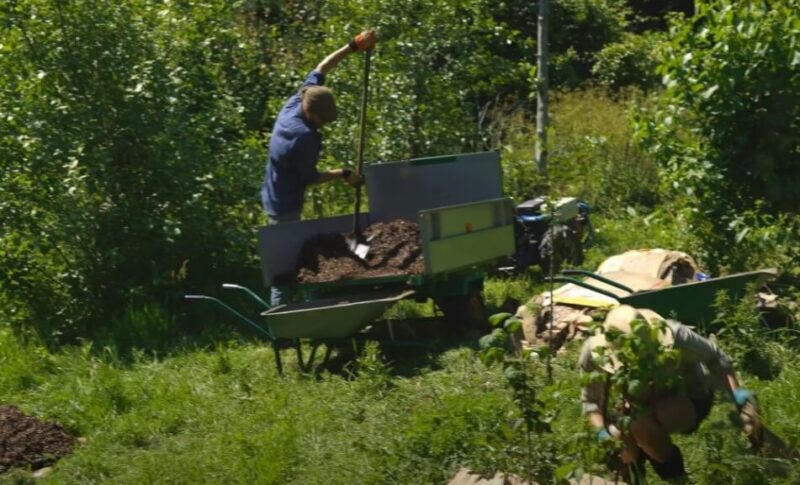
You might be thinking, “Cool story, but what can I do about it?” Fair point. While you might not have a farm to plant trees on, there are still ways to support agroforestry.
Support Sustainable Products
Look for products that come from agroforestry systems. Coffee, chocolate, and even some fruits are now being produced this way. Your buying choices can make a difference.
Raise Awareness
Talk about agroforestry. Share articles (like this one), discuss it on social media, or even bring it up at your next dinner party. Awareness leads to action.
Advocate for Policies
Support policies and initiatives that promote sustainable land use and agroforestry. Whether it’s writing to your local representative or supporting organizations that work in this field, every bit helps.
Realistic Expectations
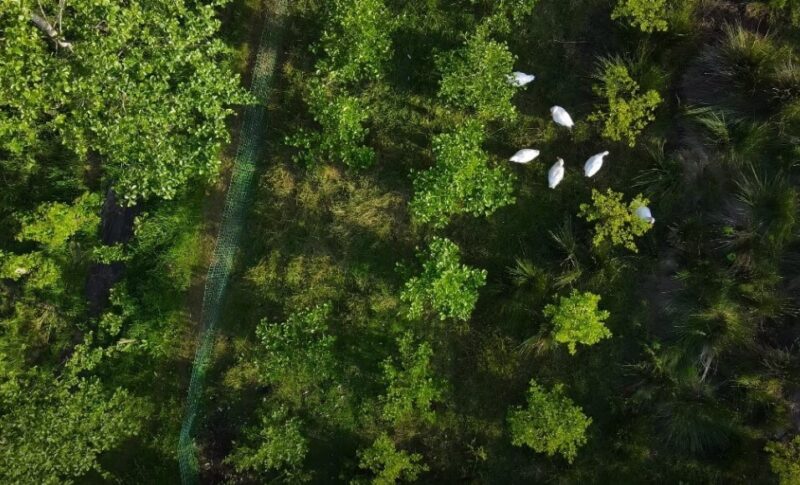
Before we all rush out to plant trees in our backyards, let’s manage expectations. Agroforestry is fantastic, but it’s not a magical cure-all.
It’s a piece of the puzzle in addressing deforestation and sustainability. It requires dedication, patience, and, yes, some good old-fashioned elbow grease.
Practical Implementation
Farmers need to be strategic about how they implement agroforestry. It’s not just about sticking a few trees in the ground and calling it a day. Different types of agroforestry practices work in different contexts. Here are a few examples:
- Silvopasture: Combining forestry and grazing of domesticated animals in a mutually beneficial way. Think cows chilling under the trees, happy and shaded.
- Alley Cropping: Planting rows of trees at wide spacings with a companion crop grown in the alleyways between the rows. It’s like the tree version of a perfectly organized spice rack.
- Forest Farming: The cultivation of high-value crops under the protection of a managed forest canopy. This isn’t your grandma’s garden; we’re talking mushrooms, ginseng, and other fancy stuff.
Making Agroforestry Mainstream
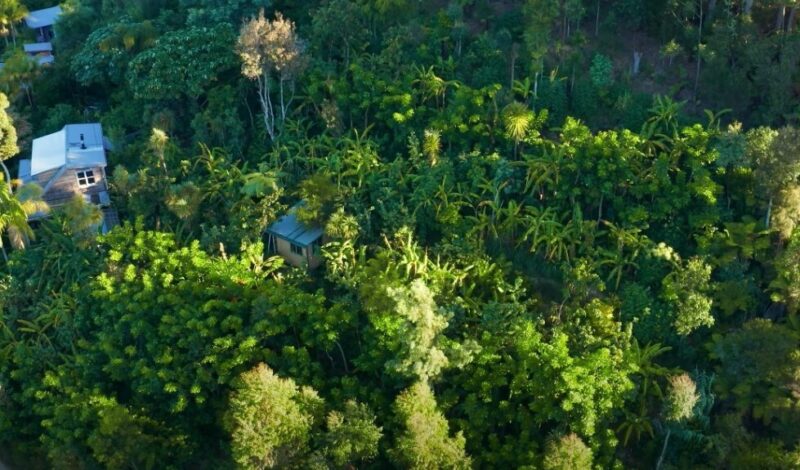
For agroforestry to go mainstream, it needs more than just a few passionate advocates. We need systemic changes that support and promote these practices. Here’s what can be done:
Policy Support
Governments need to step up and create policies that incentivize agroforestry. Tax breaks, grants, and technical support can go a long way in encouraging farmers to adopt these practices. Imagine a world where sustainable farming is the norm, not the exception.
Education and Training
Farmers aren’t born knowing how to integrate trees into their crops. Comprehensive training programs and extension services can provide the necessary knowledge and skills.
Let’s not leave farmers to figure it out on their own – they have enough on their plates.
Research and Development
Continued research into agroforestry practices and their impacts is crucial.
We need to understand the best combinations of trees and crops, how to manage these systems effectively, and how they impact both the environment and the economy.
More data, more progress.
Final Words
Agroforestry isn’t just a buzzword; it’s a practical and powerful tool in the fight against deforestation. By integrating trees into agricultural systems, we can protect forests, enhance biodiversity, improve soil health, and mitigate climate change.
Sure, there are challenges, but with the right knowledge, support, and policies, agroforestry can make a significant impact. So, let’s give agroforestry the attention it deserves and support practices that ensure a healthier planet for future generations.

